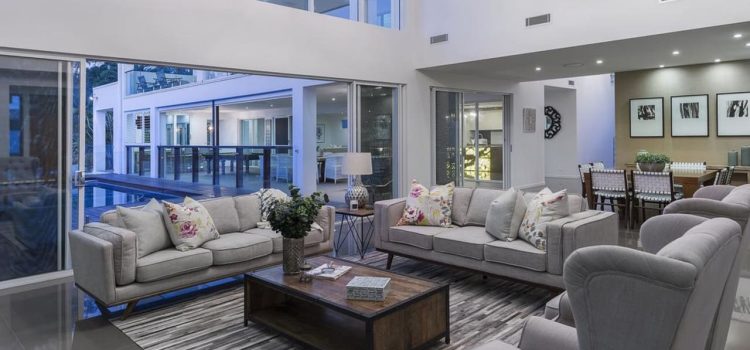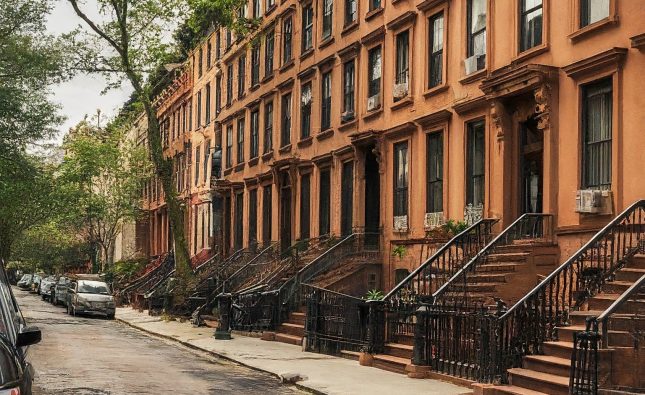
In the ever-evolving world of real estate, where location, size, and amenities are paramount, an unexpected contender has emerged as a powerful force shaping homebuyers’ preferences: nostalgia. This often overlooked, yet deeply sentimental aspect of home buying has recently garnered attention, as a growing number of homeowners are placing a premium on the emotional connections they forge with a property.
Nostalgia, that powerful mix of fond memories, sentimentality, and the yearning for days gone by, has become a driving force in the world of real estate. We see it in the resurgence of mid-century modern homes, the charm of older neighborhoods, and the popularity of homes with “character.” This influence extends beyond the confines of architecture, extending to the entire homebuying experience.

Nostalgia’s Role in Home Buying
Nostalgia in real estate is more than just a longing for the past; it is a reflection of an individual’s life experiences and values. The desire to recapture the feeling of a cherished childhood home or a memorable family vacation spot can significantly impact purchasing decisions.
From the picket fences and front porches of a classic suburban home to the warmth of a Victorian-era house, nostalgia often takes shape in our quest for comfort and familiarity. Buyers are increasingly drawn to homes that evoke the essence of a bygone era, connecting them with the intangible aspects of their past that invoke a sense of security and belonging.
Renovating with Nostalgia in Mind
Homeowners are not just seeking nostalgia in their home search but are also incorporating it into their renovation projects. The restoration of historical features and the integration of vintage-inspired design elements have become common trends. This is not merely a pursuit of the past but an aspiration for a lifestyle that fosters authenticity and a sense of belonging.
For instance, the revival of artisanal craftsmanship, exposed brick walls, and reclaimed wood floors all harken back to a time when things were built to last. These details serve as touchstones for homeowners to connect with their own stories and create a living space that resonates with their values.
The Psychology of Nostalgia in Real Estate
Psychologists have long explored the idea that nostalgia has a profound effect on our emotions and decision-making. Studies suggest that reminiscing about positive experiences can increase feelings of self-worth and enhance our overall well-being. In the context of real estate, the emotional satisfaction gained from a home with nostalgic elements can lead to greater contentment and attachment.
Market Implications
The influence of nostalgia in real estate has led to a shift in market dynamics. Older homes, often considered “dated” in the past, now have newfound appeal. In some cases, historical preservation efforts have gained momentum as communities seek to preserve the character of their neighborhoods.
However, it is essential to note that the influence of nostalgia is not uniform. It varies greatly based on individual experiences and cultural contexts. What might resonate as nostalgic for one person could be entirely different for another.
Navigating the Nostalgia-Driven Real Estate Market
For homebuyers and sellers navigating this nostalgia-driven market, it is important to strike a balance. While cherishing and celebrating the past, one must also consider the practical aspects of a property. An ideal home should combine the elements that invoke nostalgia with modern amenities, comfort, and functionality.
Conclusion
The influence of nostalgia in real estate is a testament to the enduring power of human emotion. As homebuyers increasingly prioritize the sentimental aspects of homeownership, the real estate landscape continues to evolve. A house is no longer just a financial investment but a repository of memories, a place to make new ones, and a reflection of who we are and who we aspire to be.










